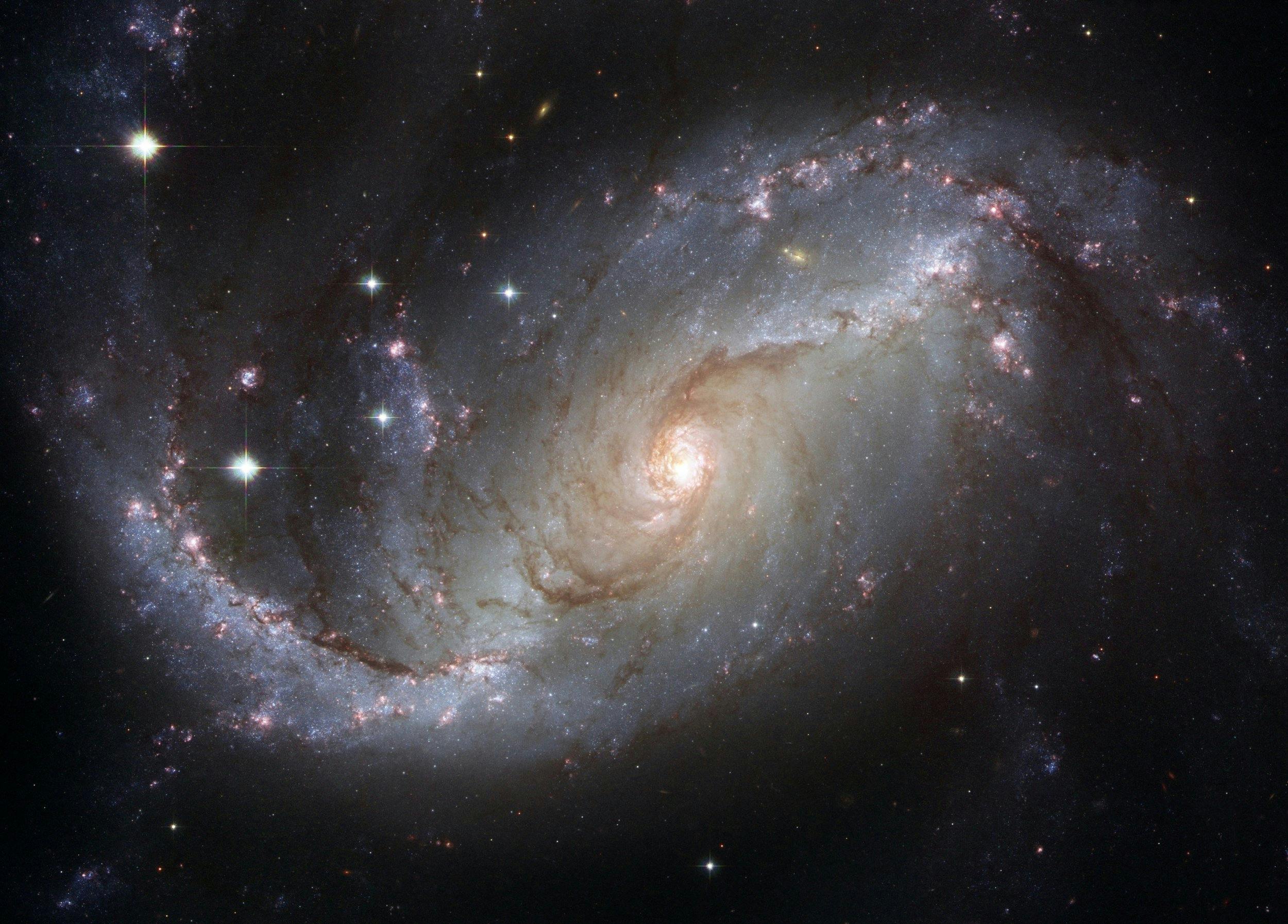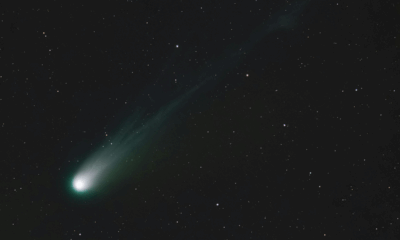Science
Scientists Investigate Gamma Ray Glow as Potential Dark Matter Evidence

A significant gamma-ray glow emanating from the centre of the Milky Way Galaxy has reignited discussions about the existence of dark matter. Detected by the Fermi Gamma-ray Space Telescope, this unexplained radiation appears to be stronger than can be accounted for by known cosmic processes or stellar objects within the galaxy. Dark matter is theorized to constitute approximately 27 to 30 percent of the universe, yet it has eluded direct detection since its conceptualization.
The phenomenon, referred to as the Galactic Centre Excess, indicates a surplus of high-energy gamma rays within the central few thousand light-years of the Milky Way. The intensity of this glow exceeds predictions from existing models concerning cosmic-ray interactions and gas emissions, prompting scientists to examine the origin of this anomaly more closely.
Researchers have proposed two primary explanations for the gamma-ray excess. One theory suggests that the glow could result from the annihilation of weakly interacting massive particles (WIMPs), which are considered a leading candidate for dark matter. When these particles collide, they may produce gamma rays as byproducts, potentially explaining the signal detected by Fermi.
Conversely, the alternative view attributes the glow to a large but previously unresolved population of millisecond pulsars. These rapidly spinning neutron stars emit gamma radiation and are known to cluster in the galactic bulge. Recent studies, including those published in Physical Review Letters by teams from MIT and Princeton University, have revealed that the emission’s statistical pattern appears uneven, suggesting multiple discrete sources rather than a diffuse dark matter halo.
While the pulsar hypothesis has gained traction, it does not necessarily discount the potential for dark matter. Subsequent research by astrophysicists Tracy Slatyer and Rebecca Leane indicated that dark matter signals might be misidentified as pulsar activity due to biases in earlier statistical methods. Adjustments to model parameters have shown that dark matter scenarios can align with the observed gamma-ray map as effectively as pulsar models can.
In addition, researchers have identified previously overlooked groups of faint pulsars, including those within binary systems, that could collectively account for the gamma-ray signal. The European Space Agency emphasizes that these findings do not rule out dark matter. Instead, they highlight the complexity of the Milky Way’s central environment.
The ongoing investigation into the gamma-ray glow could offer insights into the existence of dark matter. In a recent paper, researchers argued that this glow may be a result of colliding dark matter particles. As the field progresses, the next generation of observatories, such as the Cherenkov Telescope Array, is expected to provide sharper imaging at higher gamma-ray energies. This advancement should help scientists determine whether the glow is indicative of a diffuse dark matter signature or a cluster of individual sources.
For now, the gamma-ray excess remains an unresolved mystery. While dark matter continues to be a compelling possibility, it remains far from confirmed. As new instruments refine our understanding, astronomers are hopeful that they will eventually uncover whether the Milky Way’s glow originates from the universe’s most elusive substance or hidden populations of familiar stars.
-

 Entertainment3 months ago
Entertainment3 months agoAnn Ming Reflects on ITV’s ‘I Fought the Law’ Drama
-

 Entertainment4 months ago
Entertainment4 months agoKate Garraway Sells £2 Million Home Amid Financial Struggles
-

 Health3 months ago
Health3 months agoKatie Price Faces New Health Concerns After Cancer Symptoms Resurface
-

 Entertainment3 months ago
Entertainment3 months agoCoronation Street’s Carl Webster Faces Trouble with New Affairs
-

 Entertainment3 months ago
Entertainment3 months agoWhere is Tinder Swindler Simon Leviev? Latest Updates Revealed
-

 Entertainment4 months ago
Entertainment4 months agoMarkiplier Addresses AI Controversy During Livestream Response
-

 Science1 month ago
Science1 month agoBrian Cox Addresses Claims of Alien Probe in 3I/ATLAS Discovery
-

 World2 weeks ago
World2 weeks agoBailey Announces Heartbreaking Split from Rebecca After Reunion
-

 Health4 months ago
Health4 months agoCarol Vorderman Reflects on Health Scare and Family Support
-

 Entertainment4 months ago
Entertainment4 months agoKim Cattrall Posts Cryptic Message After HBO’s Sequel Cancellation
-

 Entertainment2 weeks ago
Entertainment2 weeks agoCoronation Street Fans React as Todd Faces Heartbreaking Choice
-

 Entertainment3 months ago
Entertainment3 months agoOlivia Attwood Opens Up About Fallout with Former Best Friend




















